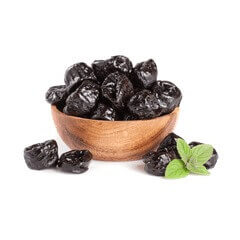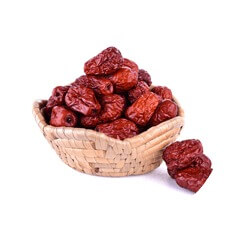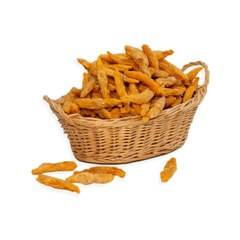Throughout the world, the most consumed rice is white, stripped of all its envelopes and its germ. However, nutritionists unanimously advise consuming it rather completely or, for sensitive intestines, semi-complete, the least denatured possible.
However, it remains one of the most digestible cereals right from the moment it is well-cooked. It rarely causes food allergies, unlike wheat, and does not contain gluten. It is, therefore, suitable for all the intestines of the planet: those of children, the sick, weakened people or people with a deficient digestive system.
Rice can be feared by the constipated, but its astringent properties (anti-diarrheal) do not act if it is complete. On the contrary, its high fibre content stimulates intestinal transit. It is also an ideal food in cold and wet periods which brings all its benefits to the neuro-arthritic, acid ground.
Energy Source
Rice feeds one in two people on the planet, and it’s no coincidence: this cereal provides twice as much energy and protein as wheat or corn. It is a healthy and digestible food, rich in energy and satiating since it expands, filling the stomach well. It is low in lipids and contains the basic nutrients for dietetic food. Rice is 90% starch, which, when transformed into sugar in the body, produces a large amount of energy.
Protein intake is also important. But, like most vegetable proteins, those of rice lack an essential amino acid, lysine. For these proteins to be beneficial to the body, they must be combined with food containing lysine, such as legumes (lentils, beans, etc.).
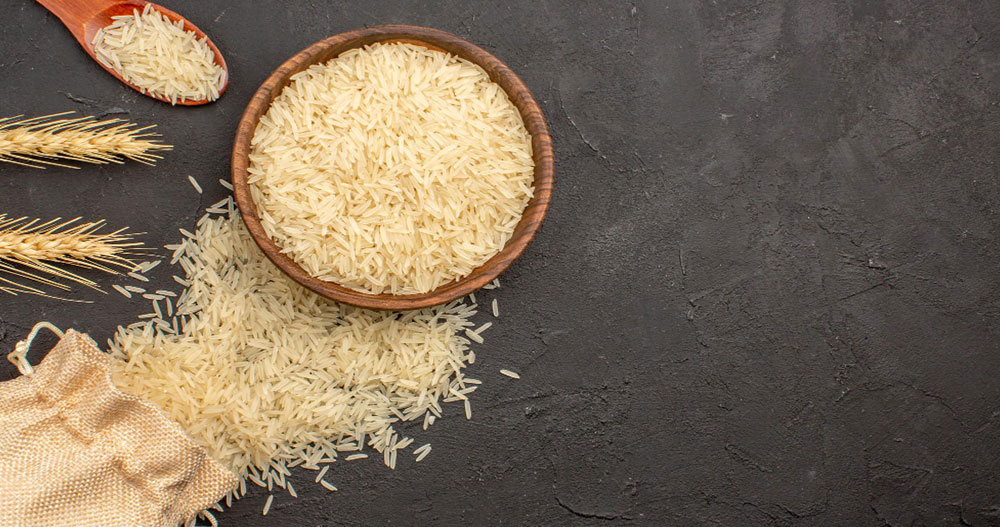
A Grain of Vitamins
Many dishes around the world combine these ingredients for a balanced diet (paella, Cantonese rice, Gallo pinto, etc.). These recommendations made rice an excellent source of carbohydrates that moderately solicit the production of insulin by the pancreas. A new asset for people who must not overwork this organ, which has become sluggish with age. Its richness in slow-acting sugar is even sought after by athletes because it helps prevent hypoglycemia.
Rice is the basis for the discovery of vitamins. In countries where polished rice (stripped of its husk and milled) is the staple of the daily diet, people have suffered from beriberi. This serious damage to the nervous system is caused by the overconsumption of this cereal devoid of vitamin B. The disease was cured at the end of the 19th century by the food supply of the rice envelope containing the curative substance called “vitamin” (amine necessary for life) around 1910 and the first thus discovered, thiamine or vitamin B1.
Its role is essential in degrading carbohydrates, which supply energy to nerve cells. Most of the vitamins in rice belong to group B: vitamin B2, which contributes to the maintenance of the skin, nails and hair; vitamin B3, which lowers blood cholesterol and triglyceride levels; vitamin B5, which promotes longevity and resistance to stress; vitamin B6, which improves muscle function; and vitamin B9, essential for the assimilation of iron.
Minerals and Trace Elements
Rice also provides minerals and trace elements, including manganese, selenium, phosphorus, zinc and copper. Brown rice also provides the magnesium and iron contained in the bran and germ, hence the interest in consuming the least refined rice possible.
The Guardian Angel of Health
The nutritional qualities of rice give it many recognized therapeutic virtues with a promising future. In case of heartburn, food poisoning or indigestion, the reflex is a bowl of white rice! Its ability to line the stomach and cause no digestive discomfort is due to its antacid properties.
But rice has many other unsuspected qualities. The many compounds contained in the envelope of brown rice (vitamins, minerals, fibres, antioxidants, etc.) act in synergy and bring a hypocholesterolemic effect with the ability to lower blood pressure and thus reduce the risk of suffering from cardiovascular diseases. Recent studies have demonstrated a neuroprotective effect on animal brain cells, and they are considered promising for application to humans.
Brown rice and dark-coloured varieties also hint at the anti-cancer potential. Two antioxidant compounds, tricine from brown rice and anthocyanins from purple or black rice, have confirmed an ability to inhibit the growth of cancer cells. This inhibitory activity is also present in a type of protein contained in rice bran, lectins, whose properties would be preserved after passing through the stomach.
Sound against Diabetes
White rice increases blood sugar much faster than brown rice. A recent American study has just proven that eating white rice at least five times a week increases the risk of type 2 diabetes by 17%.
This risk is reduced to 11% in people who eat brown rice at least twice a week. Certain parts of rice bran have been shown to be particularly effective in mitigating the rise in blood glucose. However, not all white rice has the same glycemic index: basmati rice, for example, has a lower glycemic load than Thai rice.
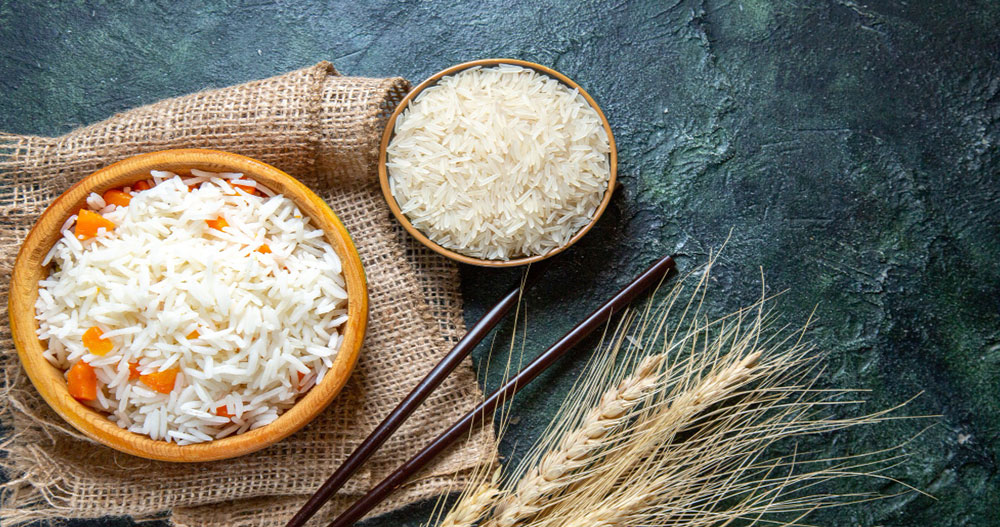
Healthy recipe
Gallo pinto in our way
For 3-4 people:
- One glass of lentil trio (green, pink and yellow)
- One glass of organic brown rice
- 1/2 red pepper
- One petite courgette
- One onion
- One organic vegetable stock cube
- a few sprigs of thyme
- a few sprigs of aromatic herbs: traditionally coriander, but also mint, parsley or basil
- olive oil • salt and pepper • paprika
Preparation
- Soak (separately) the rice and the lentils overnight in cold water. The next day, drain and rinse.
- Cook the lentils in a large volume of boiling salted water for about fifteen minutes (or the time indicated on the package) with the thyme. Drain and reserve the cooking juices.
- Fry for a few minutes over high heat in olive oil; the minced onion with the pepper and the zucchini is cut into small pieces.
- Add the drained rice and stir until translucent (pilaf style).
- Add two glasses of cooking juice from the lentils in which you have dissolved the vegetable broth.
- Reduce heat to medium, cover and simmer for 20 minutes.
- Once cooked, mix with the lentils, season with salt, pepper and paprika, then add the chopped herbs. Serve immediately.
Our advice
- A typical dish from Central America whose base is rice and beans, replaced here by lentils, which contain all the essential amino acids.
Visit the ADNOOR website for the best golden Sella basmati rice, long-grain rice, brown rice, Super Kernel Basmati Rice, white rice, nuts, seeds, and dried fruits. We take pride in saying that we are the best basmati rice suppliers in GTA and have been the importers, exporters, wholesalers, distributors, and co-packers of various nuts and grains in Canada for the last 25 years. We aim to provide our customers with quality products so they keep trusting us. So without wasting time, visit our website and order what you need.




